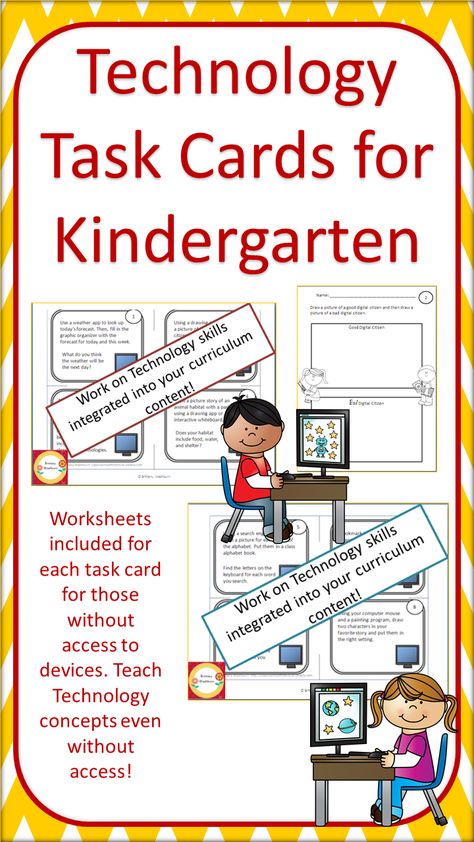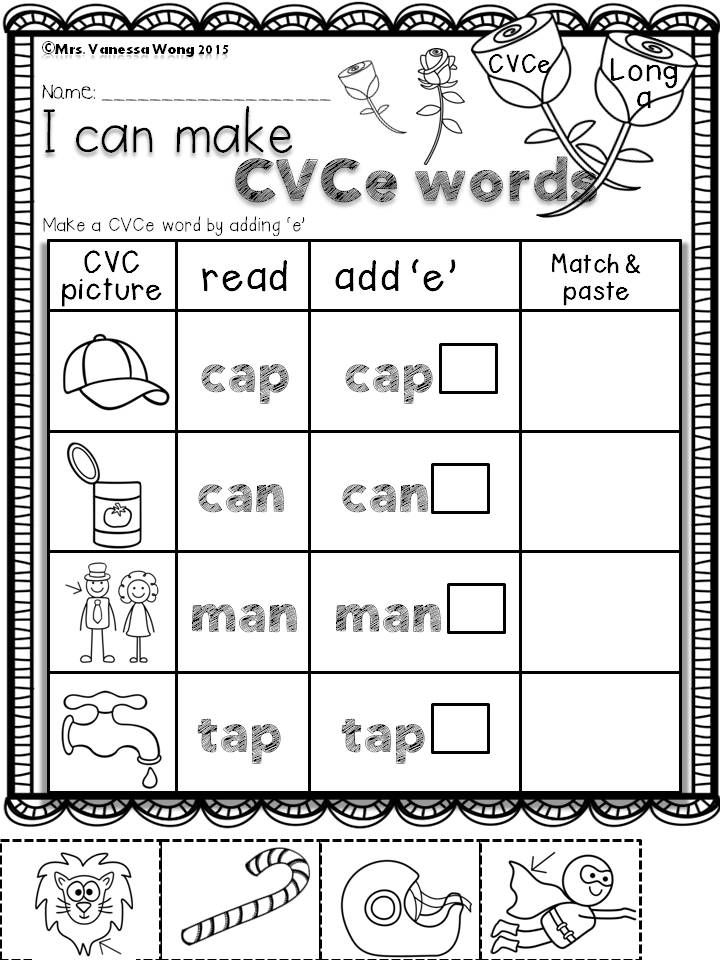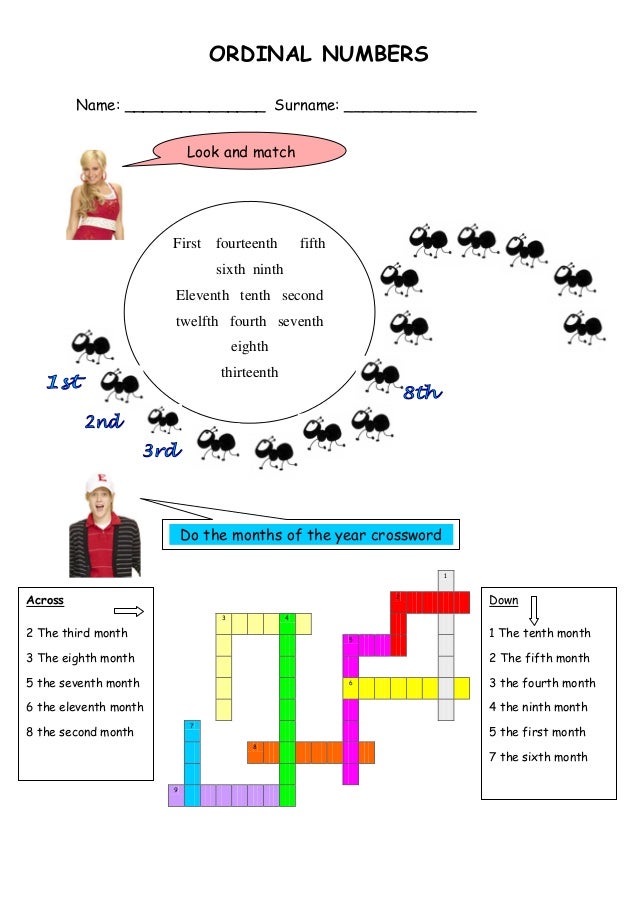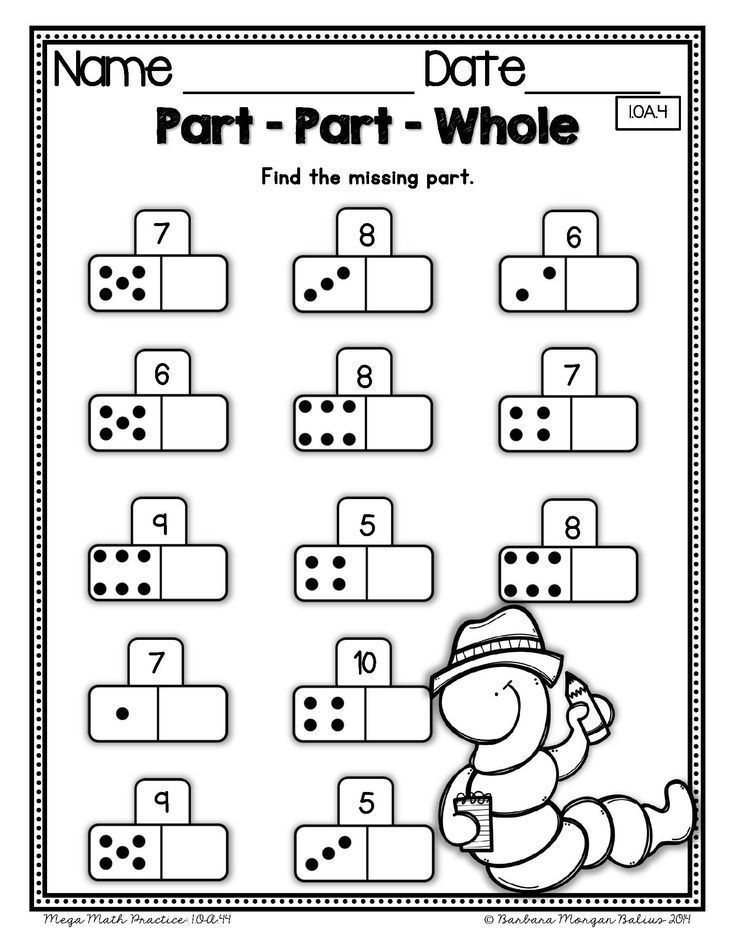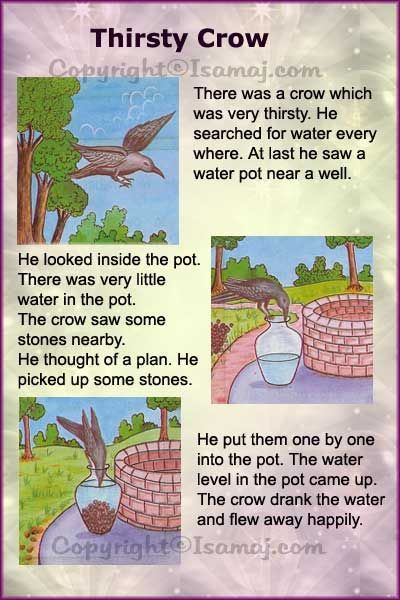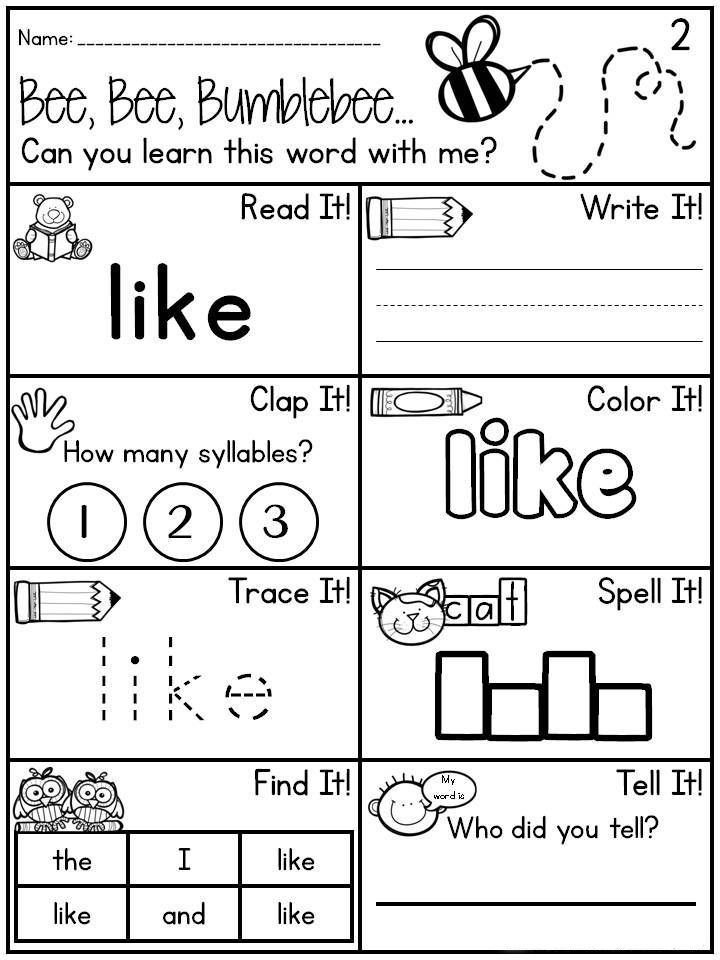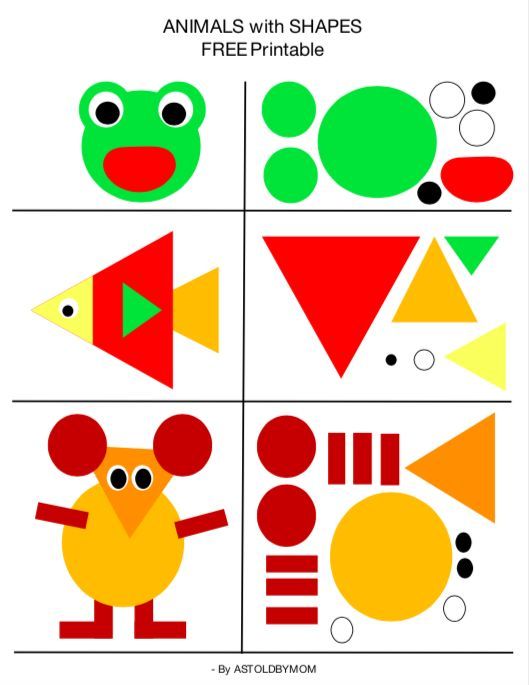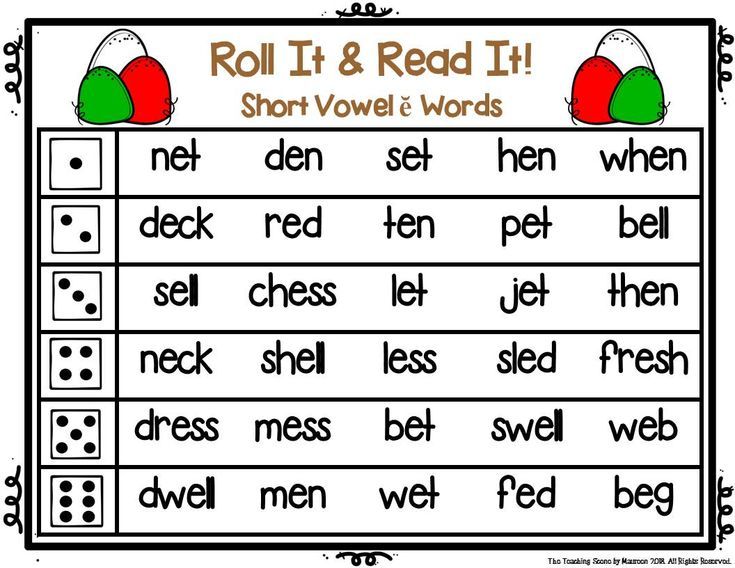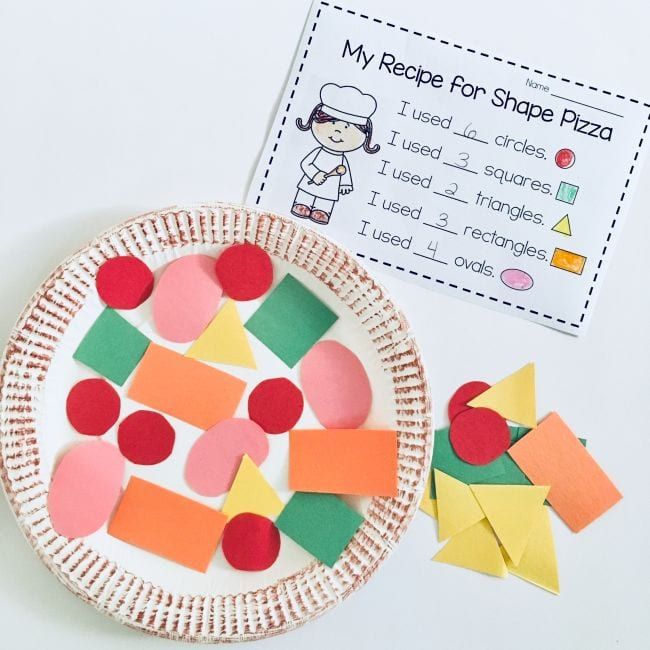Kindergarten tutoring ideas
Tutoring Strategies for Preschool and Kindergarten
By: Derry Koralek, Ray Collins
Almost everything young children do in the preschool and kindergarten years supports their emerging language and literacy skills. When children have access to reading and writing materials at home and at their child care or Head Start program, they will incorporate literacy in their play.
Many young children explore literacy play on their own, with little need for encouragement from adults. Other children need the one-on-one attention of a tutor to help them make literacy discoveries such as: print is talk written down, reading books is fun and interesting, and printed words carry messages to the reader.
Below are some tutoring strategies for working with children in preschool and kindergarten. They include:
These strategies may also be appropriate for older children in an earlier phase of literacy development.
Reading aloud
One of the best ways to encourage emerging literacy is to read aloud with a child as often as possible. If you work with a child in a preschool or kindergarten, spend at least part of each session reading aloud.
Read-aloud sessions involve much more than saying words and turning pages. When you express your own excitement about the pictures, story, setting, and characters, the child will be excited too. With your guidance, the child can learn to take meaning from the words and expand his or her understanding and enjoyment of the story.
Looking for the details in the pictures, talking about what might happen next, and discussing how the story relates to the child's real-life experiences are important parts of read-aloud sessions.
The following six-point checklist summarizes the key strategies used to read aloud to young children.
1. Choose a book
- Look for a book that:
- You will enjoy reading.
- Supports and builds on the child's interests and experiences.
- Has beautiful pictures.
- Is slightly above the child's current vocabulary level.
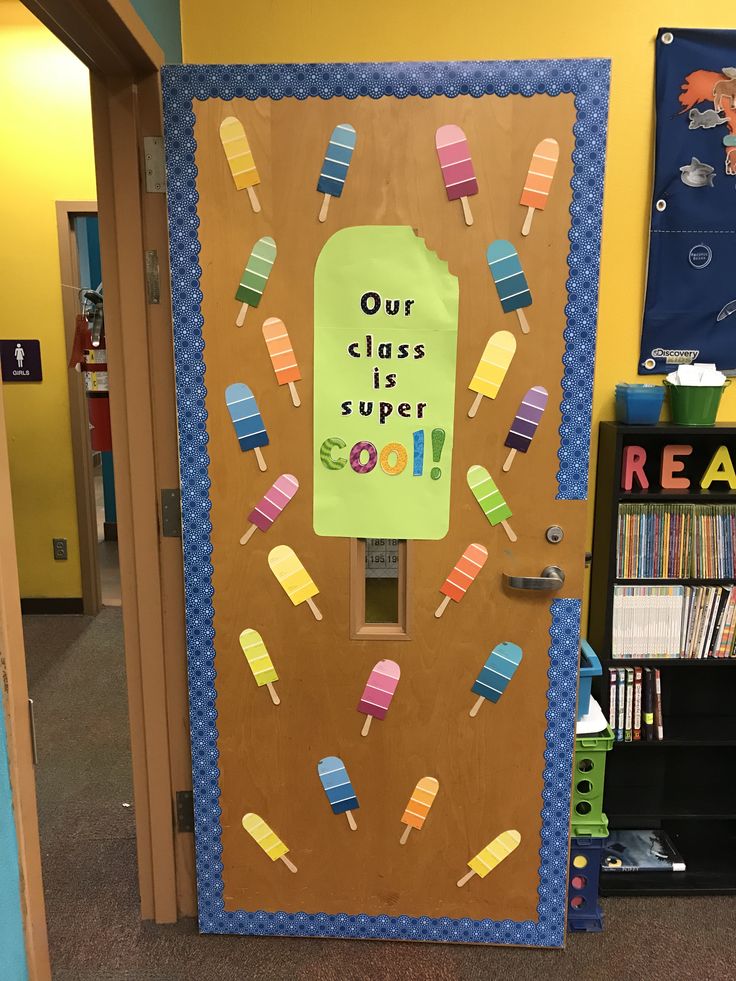
- Introduces a new style such as poetry or a folk tale.
- Invite the child to choose books she would like to read.
- Repeat familiar, well-loved books often.
2. Get to know the book
- Examine the illustrations so you can point out the information and clues in the pictures.
- Read the story to yourself.
- Plan ways to vary your voice (tone, volume, pauses) to fit the plot and characters.
- Collect dress-up clothes, puppets, or other props related to the story.
3. Set the stage for success
- Help the child get ready to listen.
- Make sure the child is comfortable and can see the book.
- Make sure you are comfortable.
4. Before starting the story
- Introduce the author and/or illustrator.
- Talk about other books you've read by the same author and/or illustrator.
- Show the cover and point out details in the illustration.
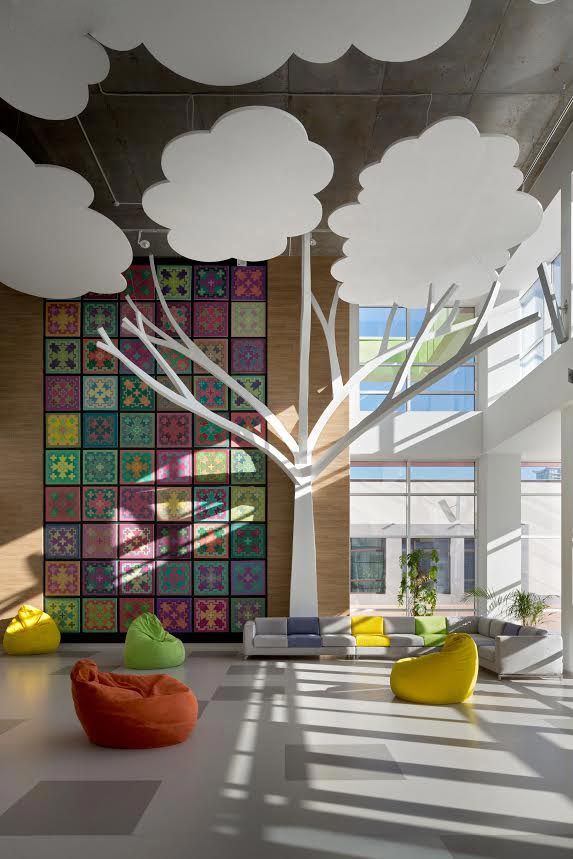
- Read the title aloud.
- Talk about what type of book it is – true, make-believe, folk tale, realistic.
- Describe where and when the story takes place.
- Introduce the setting and the main characters.
- Suggest things to look and listen for in the story.
- Show a few pages and ask: What do you think will happen in this book?
5. While reading the story
- Vary your voice to fit the characters and the plot.
- Stop frequently to:
- Add information that will help the child understand what's happening.
- Rephrase something that might be confusing.
- Explain the meaning of a new word.
- Invite the child to predict what might happen next.
- Ask the child about the story and characters.
- Show the pictures and describe what's happening.
- Share your own reactions to the story and characters.
- Use the props to enhance the child's enjoyment of the story.
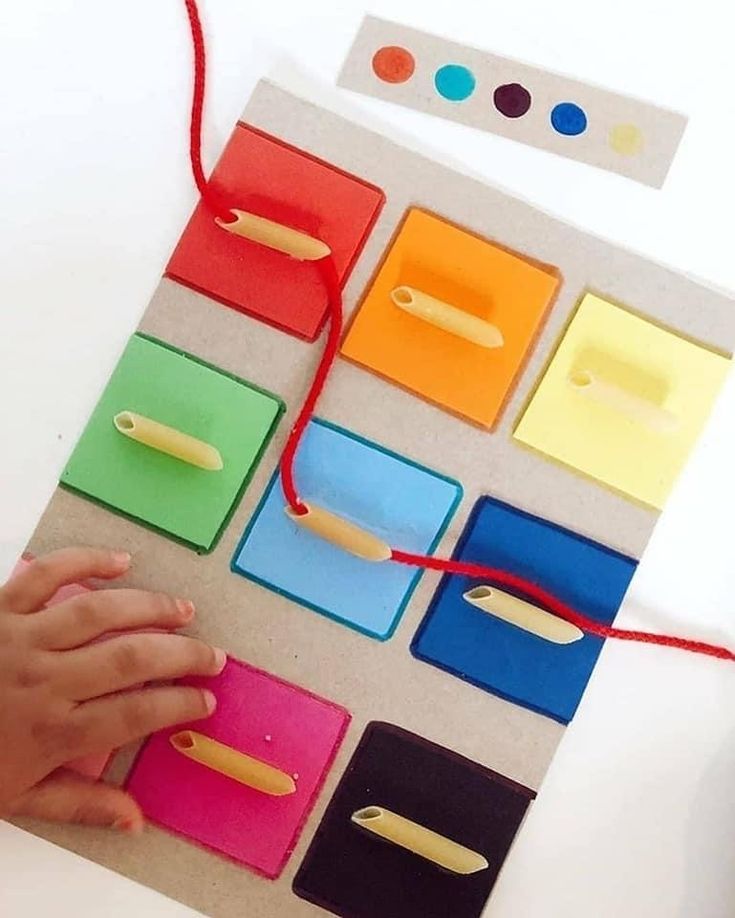
- Encourage participation by inviting the child to:
- Join in with rhymes and repeated words and phrases.
- Make different sounds "Peter, would you like to be the cow?"
- Add the last word to a familiar part of the text.
- Move your finger under words as you read.
6. After reading the story
- Ask questions to help the child:
- Recall what happened in the story.
- Relate the story to personal experiences (e.g., "Did you ever?").
- Put themselves in the story – (e.g., "What would you have done?").
- Express ideas, opinions, and creativity.
- Do a book-related activity so the child can:
- Act out the story (with or without props).
- Make up a sequel to the story which you write on a large piece of paper.
- Draw pictures that show the events in the story then use them to retell the story.
- Learn about the author and/or illustrator
- Talk about his or her life
- Look at his or her other books
- Draw a picture of the characters in these books.
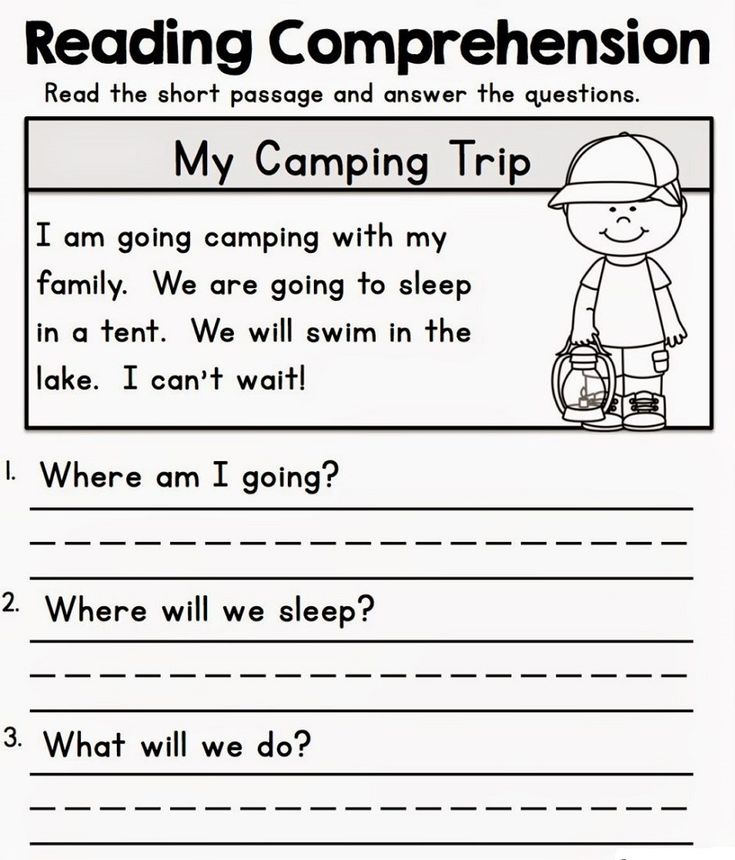
- Encourage the child to look at the book at home or in the classroom. Read the book again and again if the child is interested.
Talking with children
Because all forms of language are connected, talking with children is an important way to encourage their emerging literacy.
Talking helps children develop thinking skills, use their creativity, express ideas, increase their vocabulary, and understand the relationships between oral and written forms of language. As described above, talking is an important part of reading aloud with young children.
When you talk with a child you send important messages – "I'm interested in you. Tell me about what you're doing. I want to hear your ideas." You can talk with children while reading, writing, playing, and doing routines together. Some examples follow:
- Talk about the past, present, and future. "Last week we played in the sand box together. This week we painted pictures.
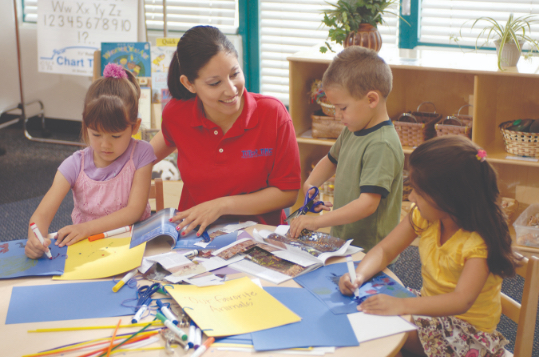 What would you like to do next week?"
What would you like to do next week?" - Talk during everyday activities. While preparing and eating a snack with a child, follow the child's lead. "I like cats too. I used to have a fat cat with white paws."
- Ask sincere questions. While taking a walk together, respond to the child's interest. "How do you think that dandelion grew up through the sidewalk?"
- Start a conversation. While looking out the window together, say, "The clouds look soft today." Wait for the child to respond.
- Respond to a child's question. "I don't know if hamsters like nuts like squirrels do. Let's see what it says in the hamster book."
- Offer props that lead to talking. Use puppets, dress-up clothes, and accessories to encourage make-believe play.
Writing with children
Writing is communicating with others by putting ideas in print. Children begin learning to write in the early years.
Writing focuses children's attention on print, helps them learn that letters represent sounds, and contributes to their emergent reading skills.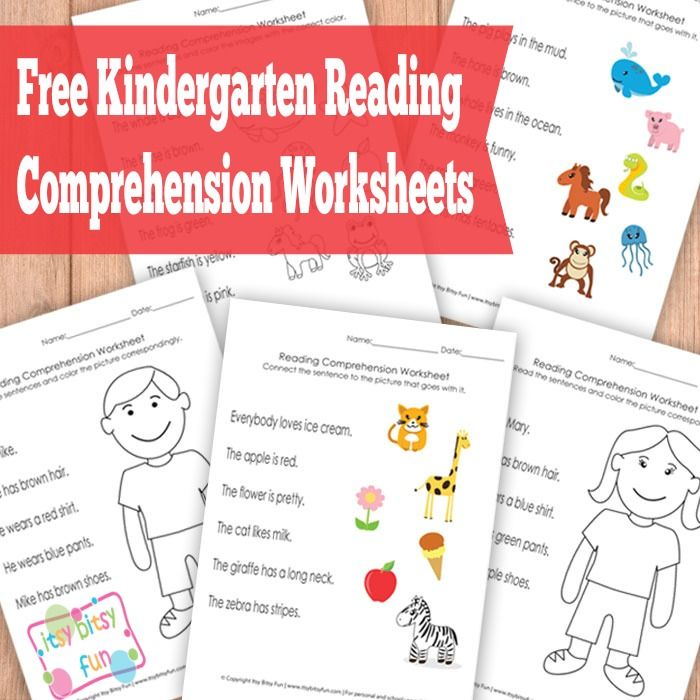 Handwriting comes later when children can form letters and words in conventional ways.
Handwriting comes later when children can form letters and words in conventional ways.
If you are a tutor who works with a 3- to 5-year-old child, you can offer support that helps a child make discoveries about writing. Here are some examples:
Bring writing materials to each session. In your tutor's toolbox include:
- Paper (lined and unlined; different sizes, shapes, colors, weights, and textures)
- Writing tools (crayons, markers, alphabet stamps and pad, pencils)
- An iPad or other digital tablet
Some things you do to encourage writing include:
- Let the child see how you use writing.
Tell the child that you need to make a list and ask, "Would you like to make a list, too?" While you write your list the child can use scribble writing or invented spelling to write hers. Take turns reading your lists aloud.
- Help a child see the connection between spoken and written words.
Have the child draw a picture then dictate a story to you.
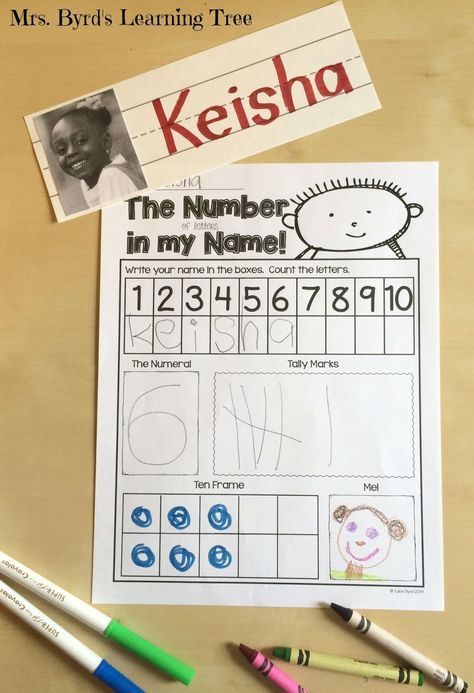 You can write the story – exactly as the child tells it – then read it back to him.
You can write the story – exactly as the child tells it – then read it back to him. - Encourage a child to put her ideas on paper.
The child can use scribble writing or invented spelling to write a story, then read it to you. Encourage her to take the story home to read to her family.
- Create opportunities to practice writing.
Bring paintbrushes and a bucket of water outdoors. You and the child can write letters and words on a wall or sidewalk. Write letters in the air – whichever letters are of most interest to the child.
- Show respect for a child's home language.
Learn how to write a few words in this language. Ask the child's family to help you, if necessary. When children have strong skills in one language, they can use these skills to become proficient in a second language.
- Help the child see the connections between oral and written language.
Ask a question about an interesting experience or special time she had with her family.
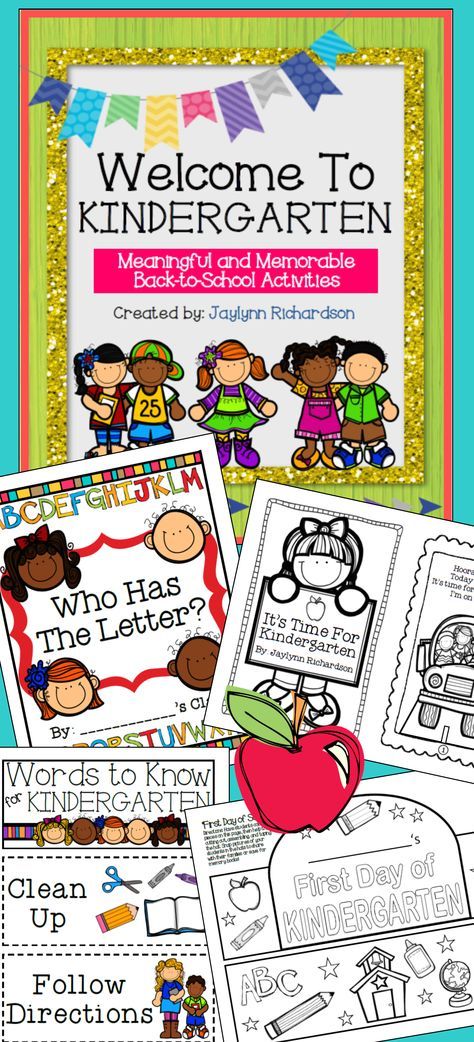 Write the question in a special journal, then write the child's answer. Read aloud the question and the child's answer – to close the session and to start the next one.
Write the question in a special journal, then write the child's answer. Read aloud the question and the child's answer – to close the session and to start the next one. - Help a child build the small muscles and coordination used for writing.
Together you can cut, paste, draw, paint, thread beads on a lace, roll playdough, connect small blocks, use a computer keyboard, play a drum, or spread peanut butter on a cracker.
- Have the child write and illustrate a story.
Make a simple book from paper folded in half and stapled on the fold. Make a fancier book with paper and a cardboard cover. Bind the book by lacing thick yarn through holes made with a hole punch. Encourage the child to take the book home to read to his family.
- Make alphabet cards or an alphabet book.
Save interesting pictures, catalogs, magazines, junk mail, and other items that contain print for the child to look at, cut up, and paste on index cards.
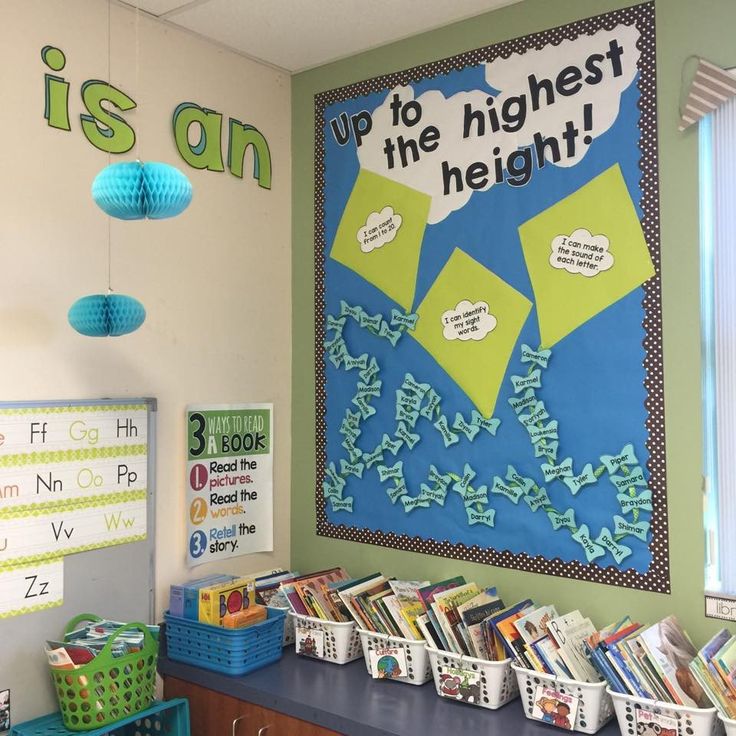 Collect images that represent the child's culture, home, and family. Show the letters of the alphabet in various forms (A, a, and a), together with an appropriate picture. Use the cards or books to refer to letters of the alphabet that come up while reading and writing with the child.
Collect images that represent the child's culture, home, and family. Show the letters of the alphabet in various forms (A, a, and a), together with an appropriate picture. Use the cards or books to refer to letters of the alphabet that come up while reading and writing with the child.
Reading Tutorial For Kindergarten Tutor
GET STARTED TODAY
We will teach your child 15-30 words in their first session.
Your child will read their first book fluently.
Learn 5 new words in one minute and then be able to read the words fluently in a story – A Miracle in the Making.
We have preschoolers and kindergartners in the program reading on a 1st, 2nd, 3rd, 4th, even 5th-grade reading levels.
For parents, bringing your five or six-year-old to their first day of school can be a great feeling.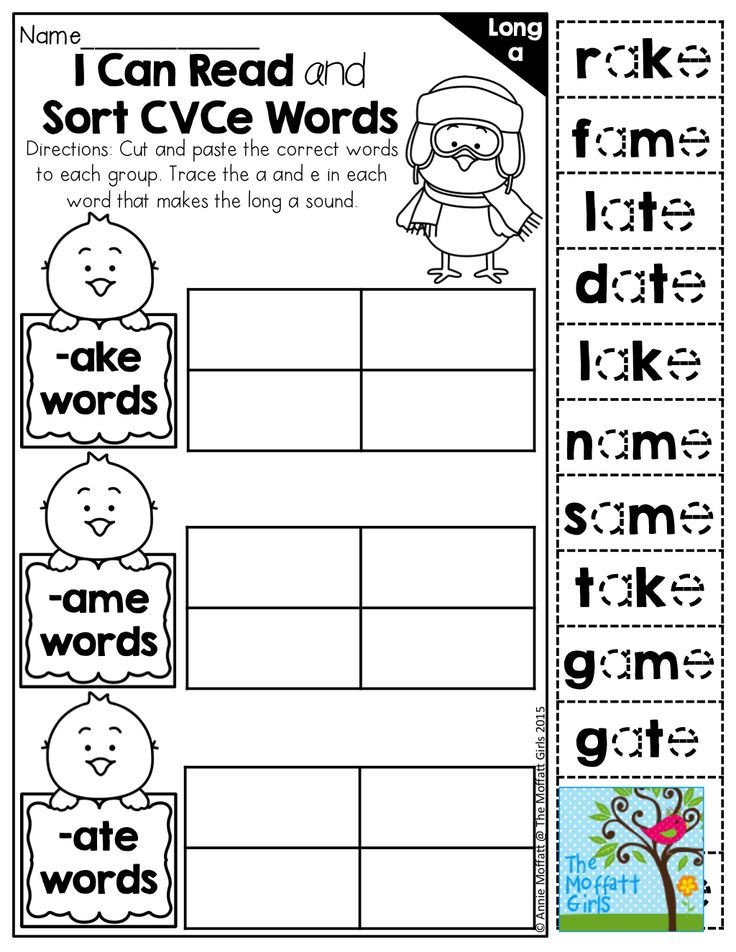 Many amazing things will happen during the year they enter kindergarten. These young students begin to become more capable of focusing on tasks for longer amounts of time, and they gain skills that they will use and develop throughout their schooling.
Many amazing things will happen during the year they enter kindergarten. These young students begin to become more capable of focusing on tasks for longer amounts of time, and they gain skills that they will use and develop throughout their schooling.
Kindergarten classrooms offer more of a traditional school experience than your child might have been exposed to in preschool. Children in kindergarten learn how to identify alphabet letters and their sounds, as well as read words. It is a very exciting time. However, some children will fall behind, even as early as kindergarten, and it’s not just their grades that will suffer. A child who falls behind may feel humiliated like they’re not as smart as the other kids in the class. For a child, it’s devastating, and for their parents, it’s heartbreaking. Kindergarten is the time that children need to develop a strong foundation for reading, and if this doesn’t happen, it can affect them for the rest of their lives.
Our Kindergarten Reading Tutoring Program will have your child reading totally focused and concentrated
Imagine your child being able to learn to read 15 to 30 words in their very first session.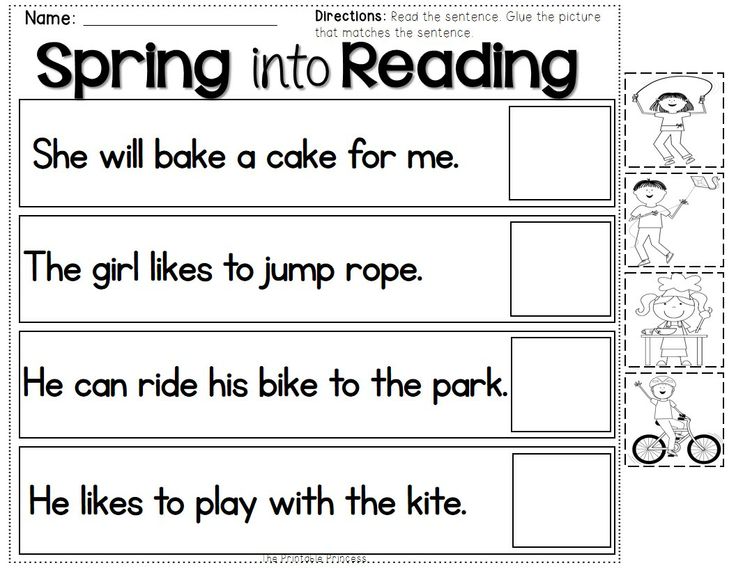 Some students will even read their first book fluently! At the Dicker Reading Method, and the Kindergarten Reading Tutoring Program, your child can get a head start in reading so that when they enter 1st grade, they will already be ahead of the game, able to get the most out of elementary school. Students in our Reading Tutoring Program will love to learn to read. It’s fun, easy, life’s most exciting game, and most importantly, it works! Children in our program are reading on a 1st-grade, 2nd-grade, 3rd-grade, 4th-grade, and even 5th-grade levels.
Some students will even read their first book fluently! At the Dicker Reading Method, and the Kindergarten Reading Tutoring Program, your child can get a head start in reading so that when they enter 1st grade, they will already be ahead of the game, able to get the most out of elementary school. Students in our Reading Tutoring Program will love to learn to read. It’s fun, easy, life’s most exciting game, and most importantly, it works! Children in our program are reading on a 1st-grade, 2nd-grade, 3rd-grade, 4th-grade, and even 5th-grade levels.
GET STARTED TODAY! • CALL 1-888-701-7323
Your child will learn 15-30 in their first session and enjoy reading their first book fluently! Results No Other Program Can Match!
Start now with a free consultation!
Over 10,000 Success Stories!
-
"On the first day of trying this reading program, Lowden read a book.
Fern Charles, Dicker Reading Method Parent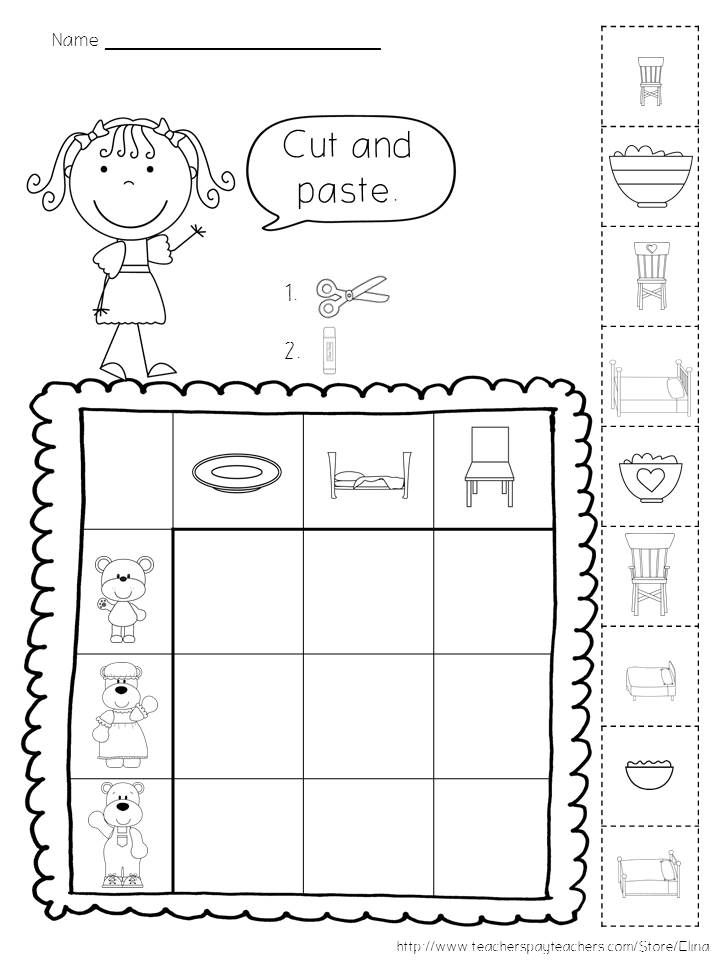 He didn't just read five words, he read an entire book, which made Lowden feel so wonderful, so great, that he could do this, read this whole book. There was no stopping him from there. He just wanted to keep going and going."
He didn't just read five words, he read an entire book, which made Lowden feel so wonderful, so great, that he could do this, read this whole book. There was no stopping him from there. He just wanted to keep going and going." -
"She walked into Dicker Reading Method very skeptical, as I was, and very shy, and I don't even think she would say what her name was to Al. And then, after two hours with Anita and Al, she came out loving to read, she wanted to read, and she hugged the teacher and she seemed happy, very happy, and couldn't wait to get home to see Daddy so she could read her book, her first book."
Audrey Stejskal A Dicker Reading Method Parent
This Educational Breakthrough Will Dramatically Enrich:
Reading achievement • Vocabulary development
Reading comprehension • Fluency • Phonics
Grades • Confidence • Self-esteem
Reading enjoyment • Focus and Concentration
Be assessed and placed on their appropriate reading level.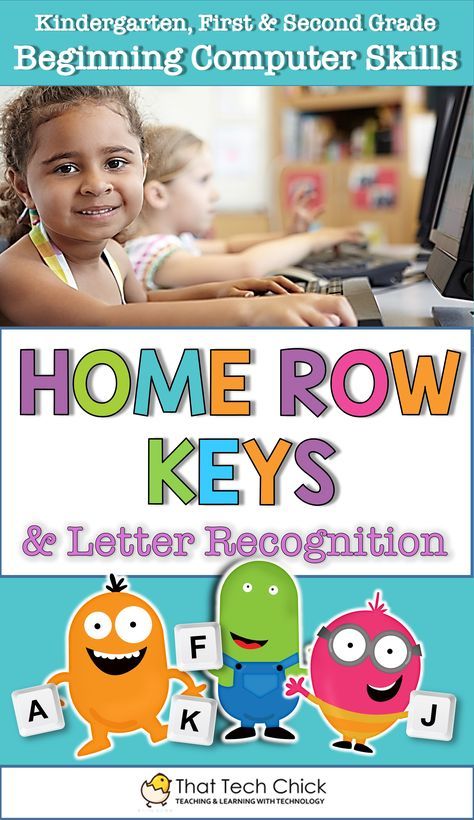
Learn 5 words and their meaning in just one minute.
Develop a fluent reading style, which will support their comprehension.
Develop the literal and inferential skills to become an outstanding reader
Develop up to a 5,000 word reading vocabulary.
RESULTS NO OTHER PROGRAM CAN MATCH!
Solve your child’s reading problem.
Call +1 (888) 701-7323
Opening of an educational center | Business idea 2023
Why tutoring is a profitable business idea
Many parents are looking for tutors for children, and adults also seek to improve their level for personal or career interests. The services of tutors from private training centers are consistently in demand and can bring considerable profit.
Expenses for the implementation of a business idea and possible profit
A small tutoring center opened in a metropolis (such as St. Petersburg) brings from 50,000 ₽ per month.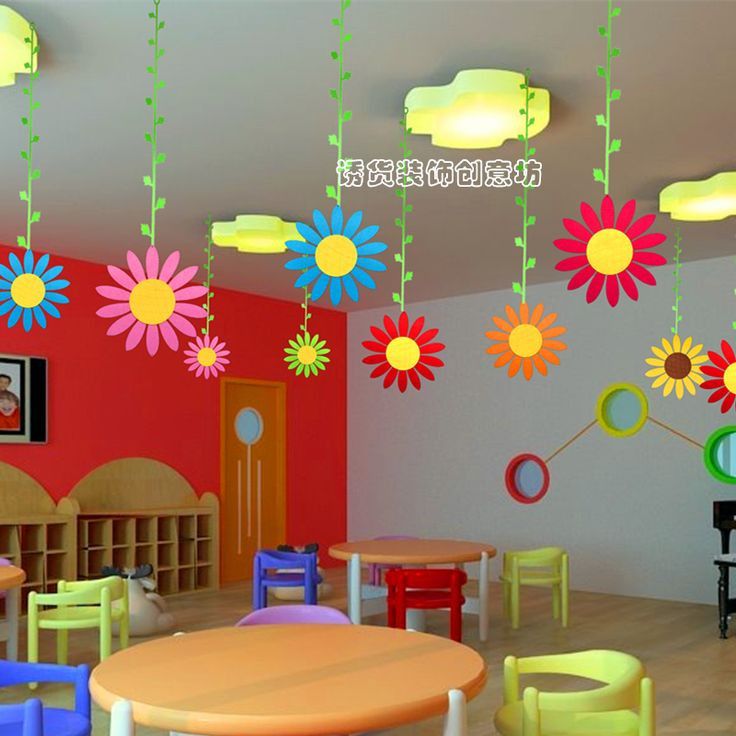 It will pay off in no less than a year and a half. You can increase income by opening summer camps for children and students.
It will pay off in no less than a year and a half. You can increase income by opening summer camps for children and students.
Costs of setting up a tutoring business in St. Petersburg:
| Expenditure item | Amount, ₽ |
| LLC registration, paperwork and purchase of cash register | 100,000 |
| Room preparation | 220 000 |
| Purchase of equipment and teaching materials | 150,000 |
| Website development and advertising campaign | 100,000 |
| Initial organizational expenses | 30,000 |
| Total | 600,000 |
Monthly expenses:
| Expenditure item | Amount, ₽ |
| Rent of premises from 100 sq. m | 100,000 |
| Staff salaries | 120 000 |
| Organizational expenses | 10,000 |
| Taxes, utilities, advertising | 30,000 |
| Total | 260,000 |
Consider buying a franchise
Franchise Uchi.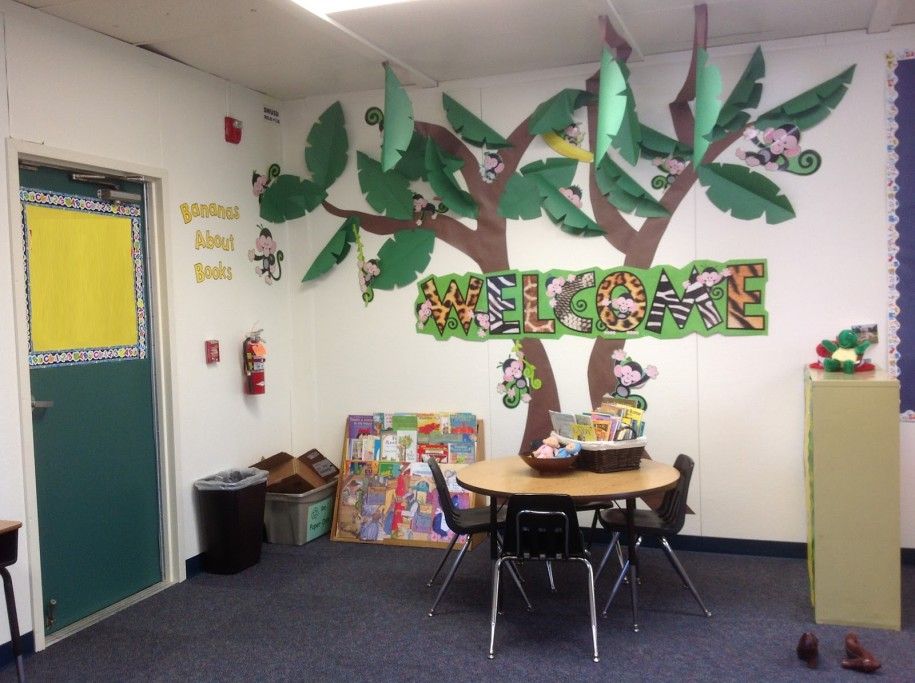 ru - a network of schools of programming, mathematics and English
ru - a network of schools of programming, mathematics and English
699 000 ₽
Rating
Profit On request
Payback 6 months.
Franchise "Algorithmics" - children's programming school
750 000 ₽
Rating
Profit On request
Payback 6 months.
"Driving School DOSOAF" - a franchise of a driving school
230 000 ₽
Rating
Profit On request
Payback 3 months.
Franchise "Kasok" - ballet school
100 000 ₽
Rating
Profit On request
Payback 3 months.
All franchise offers in this area (1)
What you need to start a business from scratch: documents, permits, legal subtleties
A training and tutoring center should be opened as an LLC on simplified taxation.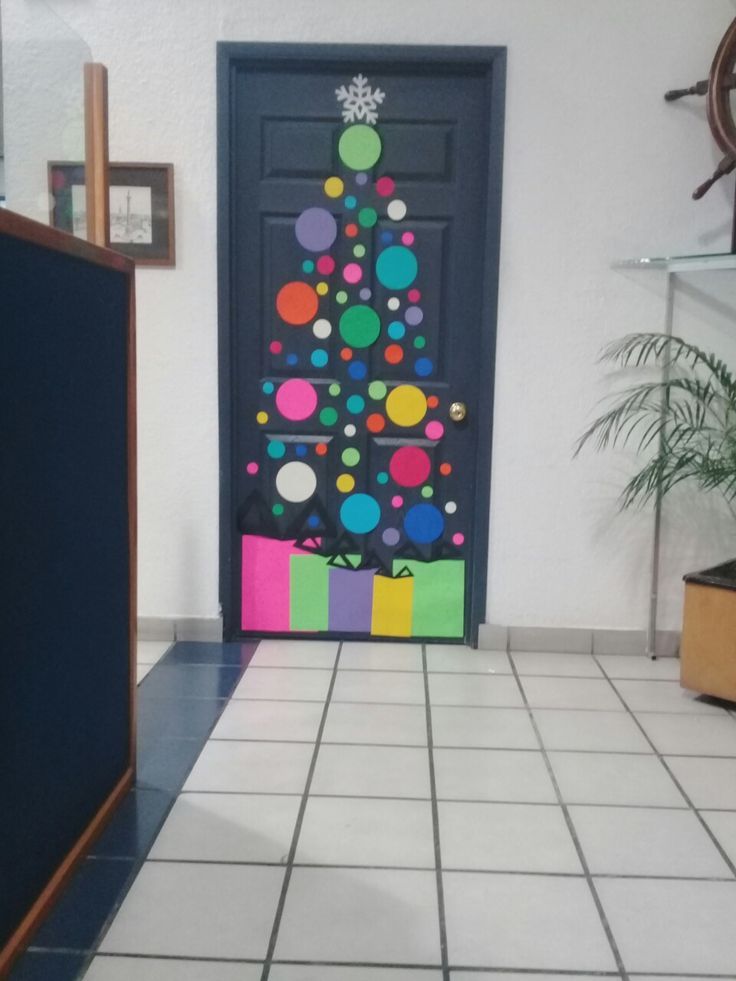 When providing additional educational services to adults and children (OKVED code 85.10, 80.10 and the like), it is necessary to obtain a license from Rosobrnadzor. You can avoid this need by choosing another OKVED - for example, 92.51 (club type establishments). If an educational license is not issued, then an individual entrepreneur can also be registered, simplifying the procedure and reducing the cost of starting a business.
When providing additional educational services to adults and children (OKVED code 85.10, 80.10 and the like), it is necessary to obtain a license from Rosobrnadzor. You can avoid this need by choosing another OKVED - for example, 92.51 (club type establishments). If an educational license is not issued, then an individual entrepreneur can also be registered, simplifying the procedure and reducing the cost of starting a business.
In addition to registering an LLC (and contributing an authorized capital from 10,000 ₽) or an individual entrepreneur, as well as installing a cash register, you need:
- Notify Rospotrebnadzor about the start of work
- Obtain medical records for employees working with children
- Issue permits of the Fire Service, SES by installing a fire and alarm system and concluding agreements on garbage collection, disinsection, disposal of solid waste
- Conclude contracts with personnel, landlord, suppliers
Selection and preparation of a room
For the provision of tutoring services, a room in a central or large residential area is suitable that meets the following requirements:
- Availability of ventilation, air conditioning and two exits (main and fire)
- Fire alarm installed by licensed company
- Ceiling height at least 3 m
- Connected water supply, sewerage, heating
- Separate classrooms, administrative area, hall, locker room and bathrooms
Equipment, furniture, study materials
Refurbished rooms should have internet connection, install a water cooler and:
- Study rooms - media equipment, blackboards, tables and chairs, shelving for study materials
- In the area for the administrator - a rack, a workplace with office equipment, cabinets
- In the lobby for visitors and the locker room - upholstered furniture, racks for clothes
For work, you need to print training programs, introductory and methodological brochures, and other materials in the printing house.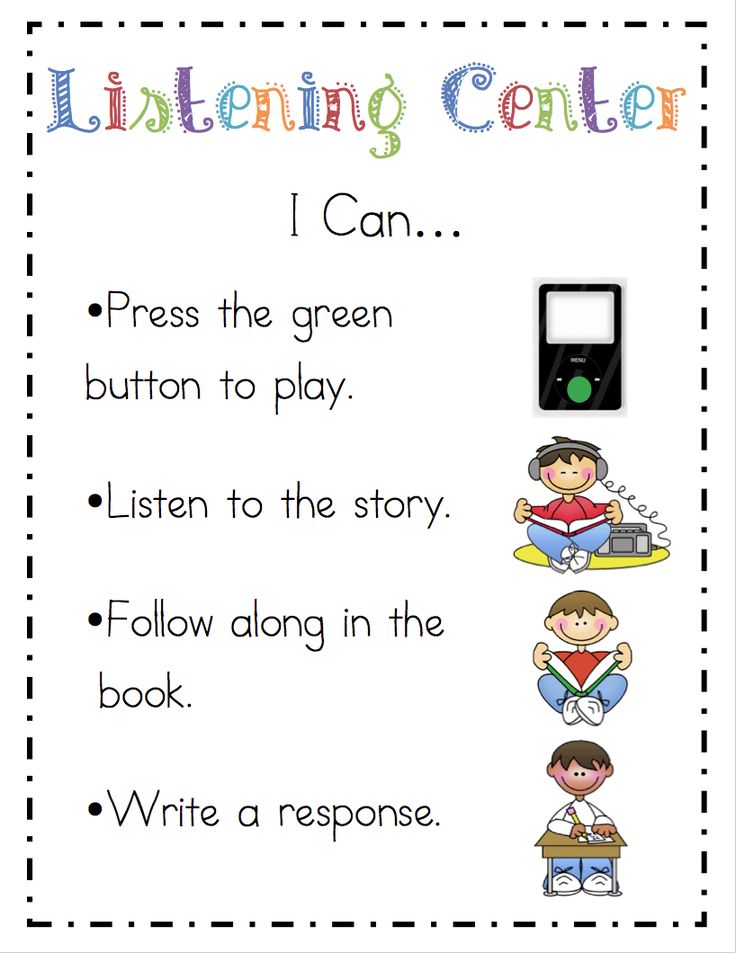
Personnel
If the business owner assumes organizational functions, then you will need:
- tutors - at least 4 people with hourly pay (the success of the entire enterprise depends on their professionalism)
- administrator - about 30,000 rubles per month
- cleaner — 10 000₽
- outsourced accountant — about 10,000 rubles per month
Advertising services of tutors
Order an information site, create pages in social networks, run a campaign on educational and parental portals, forums. You can also promote your business:
- By distributing leaflets and posting ads near office centers, schools
- Promotions - free first lesson, membership discounts, "bring a friend"
- By installing a bright sign
Advertising examples:
Advertising example for a tutoring center Example advertising for a tutoring centerComparison of the costs of starting a business with the purchase of an existing educational center:
| Starting a business from scratch - 600,000 rubles | Purchase of a foreign language learning center in St.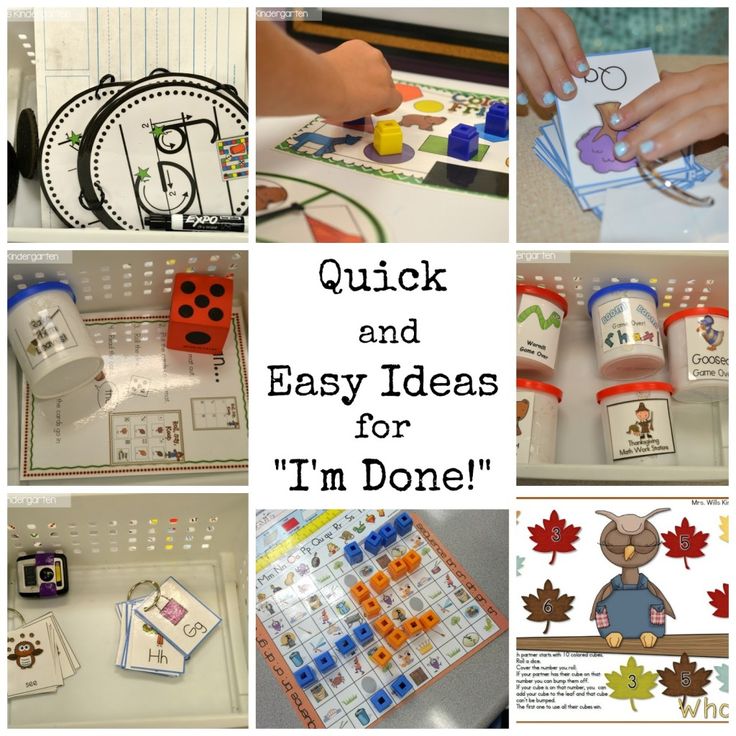 Petersburg — 1,000,000 rubles Petersburg — 1,000,000 rubles |
| Possible average monthly profit — 50,000 rubles | Average monthly profit — 70,000 rubles |
| Average monthly expenses — 260,000 rubles | Average monthly expenses — 194 458₽ |
| Payback - 18 months | Payback - 15 months |
| Educational license, tutors, premises, clients - no | There are premises that meet all the requirements, a perpetual educational license, a professional staff. Servicing contracts concluded, client base developed |
The purchase of an existing center is attractive due to its quick payback, the ability to start work immediately. Thanks to lower operating costs, the difference in investment is quickly compensated.
What is tutoring | Superprof
Many parents try to understand why a child needs a tutor. Now there is more and more information about this, but it is not always reliable.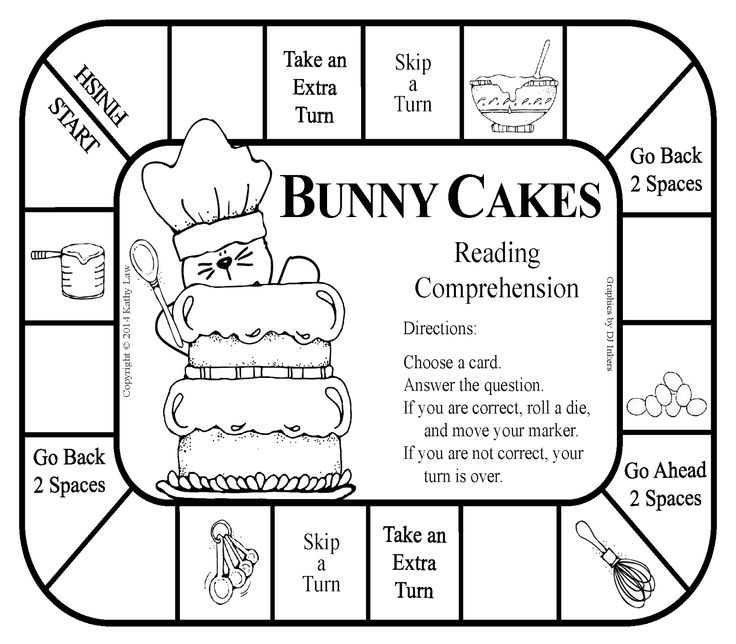 Tutoring is often confused with other private lessons.
Tutoring is often confused with other private lessons.
But what's the difference? And does she exist? What are the specific benefits of regular academic support? When does a child need a tutor and when not? Today we will answer these popular questions so that you can make an informed decision and choose the right specialist to help your child.
The best teachers, tutors and coaches available for classes
Let's go!
Definition of tutoring
Every year more and more teachers and parents talk about tutoring as the main tool that helps the student to master the school curriculum effectively. There is logic in this, because the requirements for students are constantly growing. If earlier the services of a private teacher were used only in high school, now both a first grader and a secondary school student may need academic support.
But what exactly is the definition of tutoring? Why shouldn't it be confused with other private lessons? It is important to know here that classes with a tutor are individual assistance to a student who has difficulty mastering the general education school curriculum.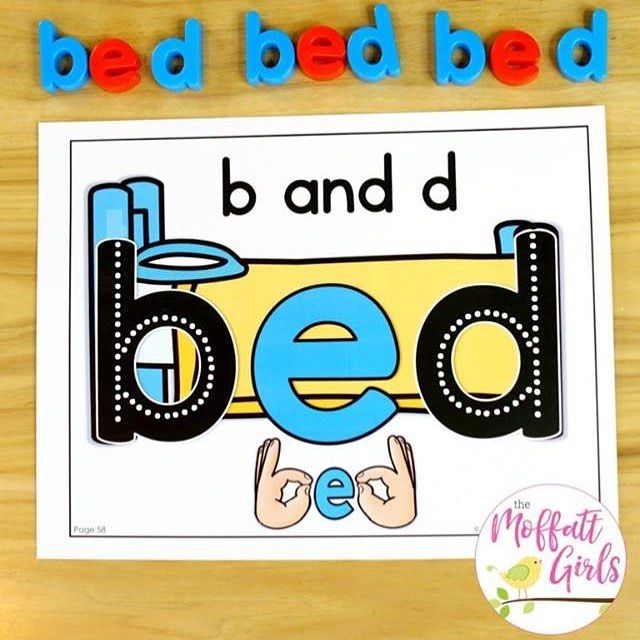
Thus, the basis for tutoring is always the curriculum that the child follows at school. Of course, he will adapt to certain tasks that need to be solved, but the idea of academic support lies precisely in the additional study of the school curriculum. If the materials or methods that are used at school do not allow the child to acquire knowledge, then it makes sense to contact a tutor.
A private teacher who provides academic support most often solves two problems:
- helps with homework
- works with the student on topics that are incomprehensible to him
A tutor can become a separate assistant to prepare for the OGE/USE. But if we are talking about obtaining those knowledge and skills that are not included in the school curriculum, these are just private lessons.
-
Tutoring is no longer just help with a particular topic, but regular academic support (photo: unsplash)
What does academic support provide?
The success of such individual lessons is due to the fact that modern parents are unable to regularly deal with children and provide them with the necessary support. Much of this has to do with our current lifestyle. According to statistics, both mothers and fathers work more now than they did 20-30 years ago. And this means that they do not have enough time to work with the child. A private tutor can take over this function.
The second reason is the program itself at school, which is becoming more and more complex and intense. It is not enough for parents to simply understand how to solve an equation to help their child. They need to master the methodology, be able to explain different solutions and be patient enough, because sometimes you have to repeat the material several times.
As a result, we understand that a tutor can make life easier for parents, who no longer have to worry about their child's success in school. And, of course, this is a serious help to the student himself. In addition to the obvious benefits of private lessons in the form of new knowledge and good grades, there is usually an increase in motivation to study.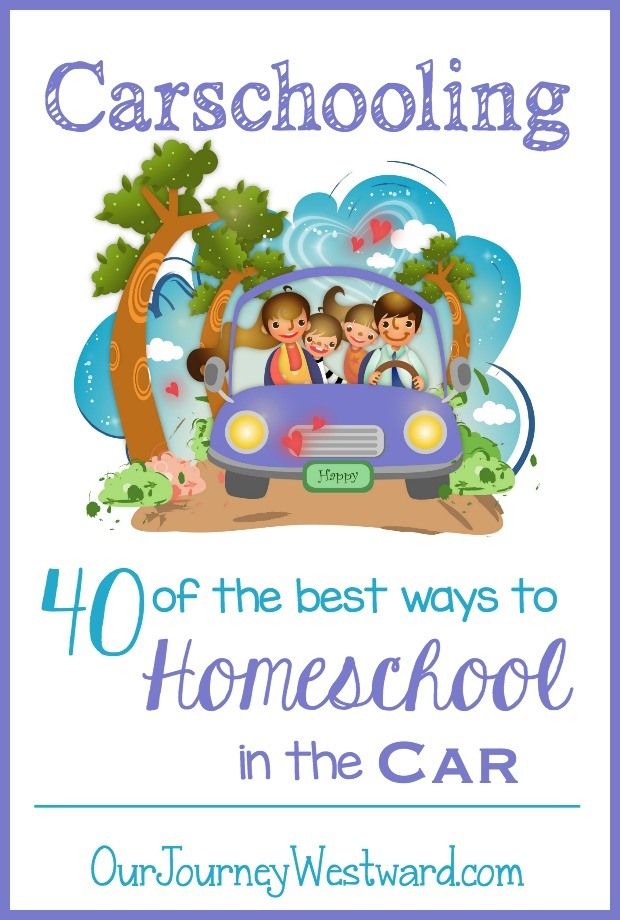
If the tutor manages to establish personal contact with the student and build a trusting relationship, then the results from such lessons are much higher. The child ceases to perceive them as an additional burden, relaxes, reveals his potential and shows sincere interest in the subject.
What subjects are taught under academic support?
The active development of the tutoring services market has a significant advantage. Whatever class a child is in, now you can find a good teacher for him in any school discipline from mathematics and Russian to computer science and anatomy.
Do you need a tutor in high school? The answer is definitely yes. If in the primary grades individual lessons are more aimed at reorienting the child from play activities to learning, working out the most basic skills, such as reading, writing and counting, then a more serious program begins in high school.
Don't wait for a student to lose motivation, get worse grades, and have a whole series of psychological blocks associated with school.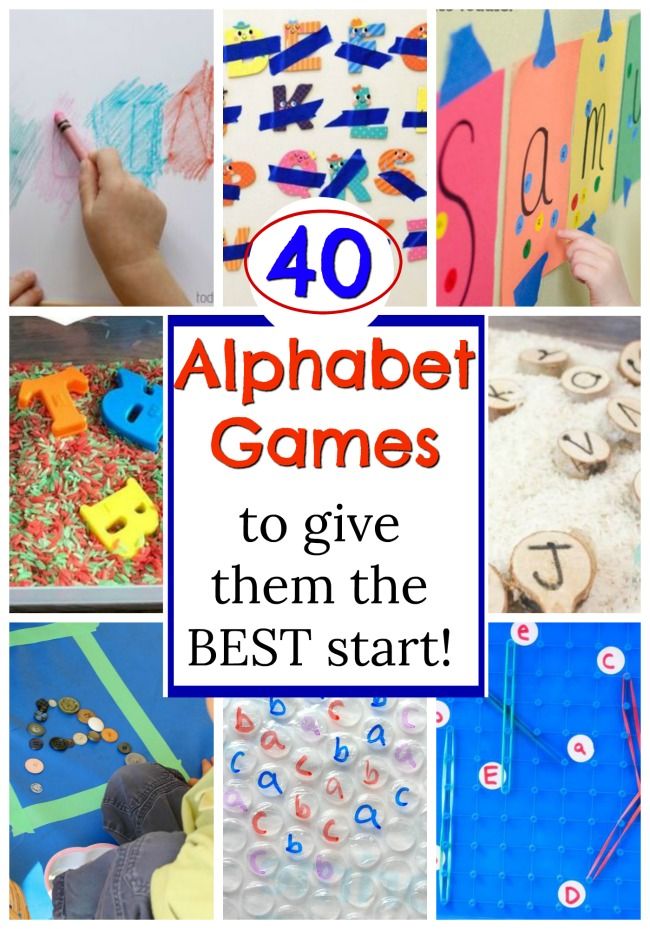 It is better to prevent any problem than to throw all your efforts into solving it later. It is enough just to pay attention to which subject is most difficult for the child, and invite him to work with a tutor.
It is better to prevent any problem than to throw all your efforts into solving it later. It is enough just to pay attention to which subject is most difficult for the child, and invite him to work with a tutor.
-
Now you can find a private teacher in any subject (photo: unsplash)
Parents often think that help is needed only in the exact and natural sciences, but this is not entirely true. It is a mistake to believe that in order to assimilate a humanitarian subject, it is enough just to read a paragraph once again. If the child does not understand the context, memorizing the information will not help him learn the material. In literature, history or geography, it is important to approach the study of topics in a comprehensive manner.
The older the student gets, the more homework and materials for self-study. He needs to delve deeper into each subject in order to get good grades during the school year and eventually pass the final exam successfully. In such a situation, you definitely cannot do without professional academic support provided by a tutor.
In such a situation, you definitely cannot do without professional academic support provided by a tutor.
The best teachers, tutors and trainers available for classes
Let's go!
Individual lessons with a personal approach
Today we have already shared several reasons to contact a tutor, but we are ready to highlight one more - a personal approach to learning. Yes, before you get this approach, you have to spend a little time looking for a suitable specialist. It can be looked up through other parents and teachers at your child's school, through a home staffing agency, or through specialized websites such as Superprof.
When a suitable teacher is found, do not forget to conduct a preliminary interview with him. This will help to assess his qualifications and experience, as well as to understand whether he is suitable for your child's character and temperament. The interview is usually followed by a trial lesson and another conversation with the tutor.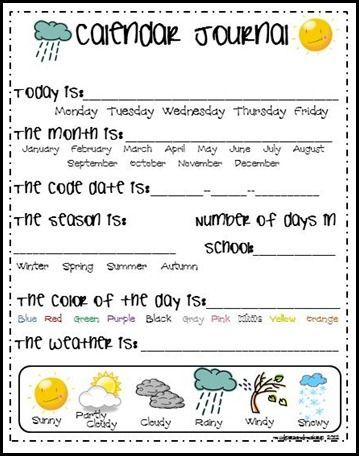
The second conversation is as important as the first interview. Here it is no longer the parents who ask questions, but the teacher himself. He needs to understand what is expected of him and in what time frame, whether the child has difficulties with other disciplines, and much more. All these nuances play an important role in adapting the curriculum to the specific needs and characteristics of the student.
Pedagogical freedom as the foundation of private lessons
No matter how popular academic support is now, there are always skeptics who believe in the limitless possibilities of school education. You can understand such people, because many of us adults have not studied with tutors. We only had a school where knowledge was given, and this did not prevent us from getting a higher education in the future.
But life does not stand still. Educational systems and teaching methods, educational standards and requirements for students are changing. The school teacher and the tutor organically complement each other, and do not replace.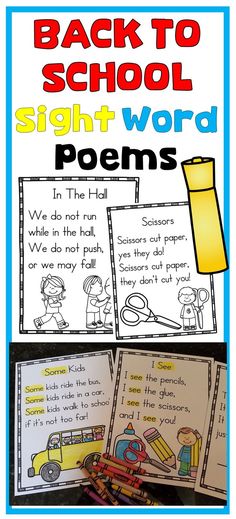 They are not competitors, but colleagues.
They are not competitors, but colleagues.
-
School and tutoring are different stages of a single educational process and should complement each other (photo: unsplash) lesson plans and proven pedagogical methods for working with children. And tutoring is a flexible system, which is based on the latest methods, an individual approach and the study of the psychological aspects of obtaining information.
These different concepts give a holistic picture and help students absorb information in the most appropriate way. For some, passive listening in a lesson at school is enough to understand the topic, others need additional explanations and examples. Someone easily opens up and is not afraid to show their knowledge standing at the blackboard in front of the whole class. And there are those for whom it is given with great difficulty.
All children are different, so it is important to take into account the characteristics of each. At school lessons, this does not always work out, because there are about 30 students in the class at the same time.
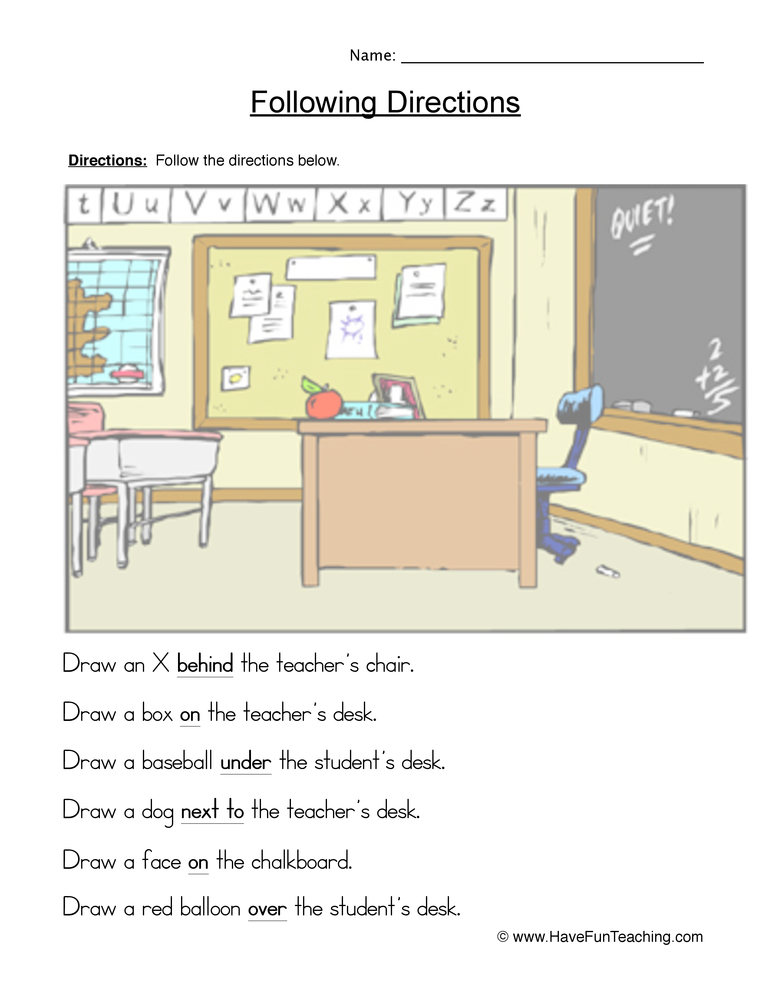 And during individual lessons it is possible. The tutor himself chooses how to present this or that topic in such a way as to interest the child. He is not constrained by the framework of the school curriculum, although he focuses on it. A private teacher has the same pedagogical freedom that helps his students to open up and gain knowledge with pleasure.
And during individual lessons it is possible. The tutor himself chooses how to present this or that topic in such a way as to interest the child. He is not constrained by the framework of the school curriculum, although he focuses on it. A private teacher has the same pedagogical freedom that helps his students to open up and gain knowledge with pleasure. About the benefits of studying with a tutor
As we can see, initially the main task of a tutor was to help a student who had difficulties at school. It was not full-fledged academic support, that is, the parents paid for only a few lessons to improve the situation, and then the child was again left alone with his problems and learned to act independently.
-
It is important for a child to feel the support of parents and teachers (photo: unsplash)
Parents are increasingly looking for private tutors for their children for the entire school year. And it is right! Regular tutoring provides a child with a number of benefits.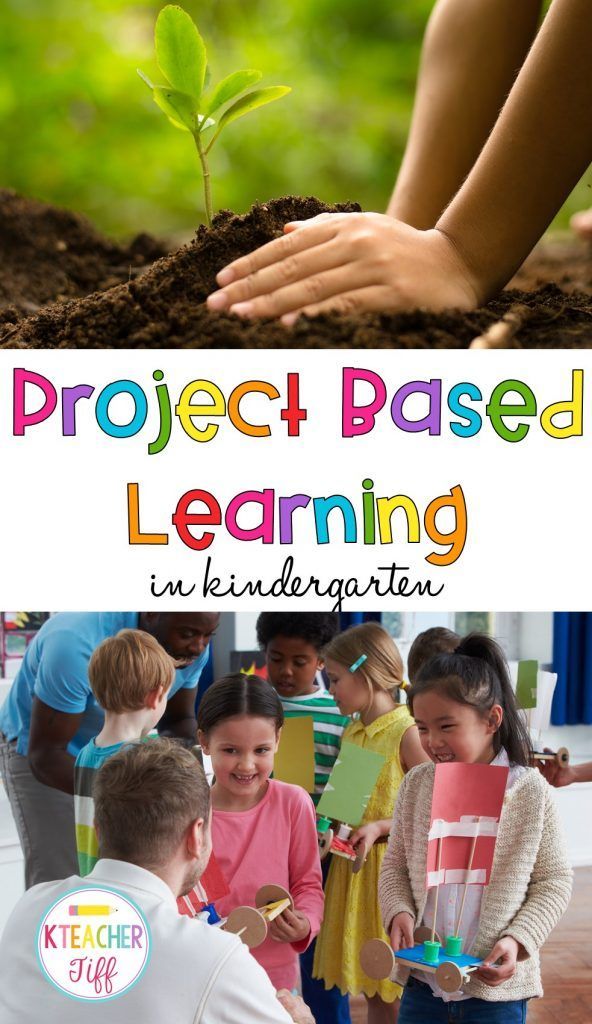 He learns to work with information differently, to do homework faster, to understand his strengths and weaknesses accurately, to overcome various psychological blocks that prevent him from learning. In addition, the child receives new knowledge and constantly reinforces the material covered, as a result of which his grades improve.
He learns to work with information differently, to do homework faster, to understand his strengths and weaknesses accurately, to overcome various psychological blocks that prevent him from learning. In addition, the child receives new knowledge and constantly reinforces the material covered, as a result of which his grades improve.
Thus, these lessons solve not only academic problems, but also psychological ones. Especially if a trusting relationship is built between the student and the tutor. The latter becomes a real mentor of the child, his role model in educational affairs and a person who will always listen and support.
Academic support is a team effort
After we have analyzed in detail what tutoring and academic support are, we invite you to analyze one more important point. We are talking about the involvement of all stakeholders in the learning process itself. It often seems to us that this is the responsibility of the child himself, or his parents, or teachers.